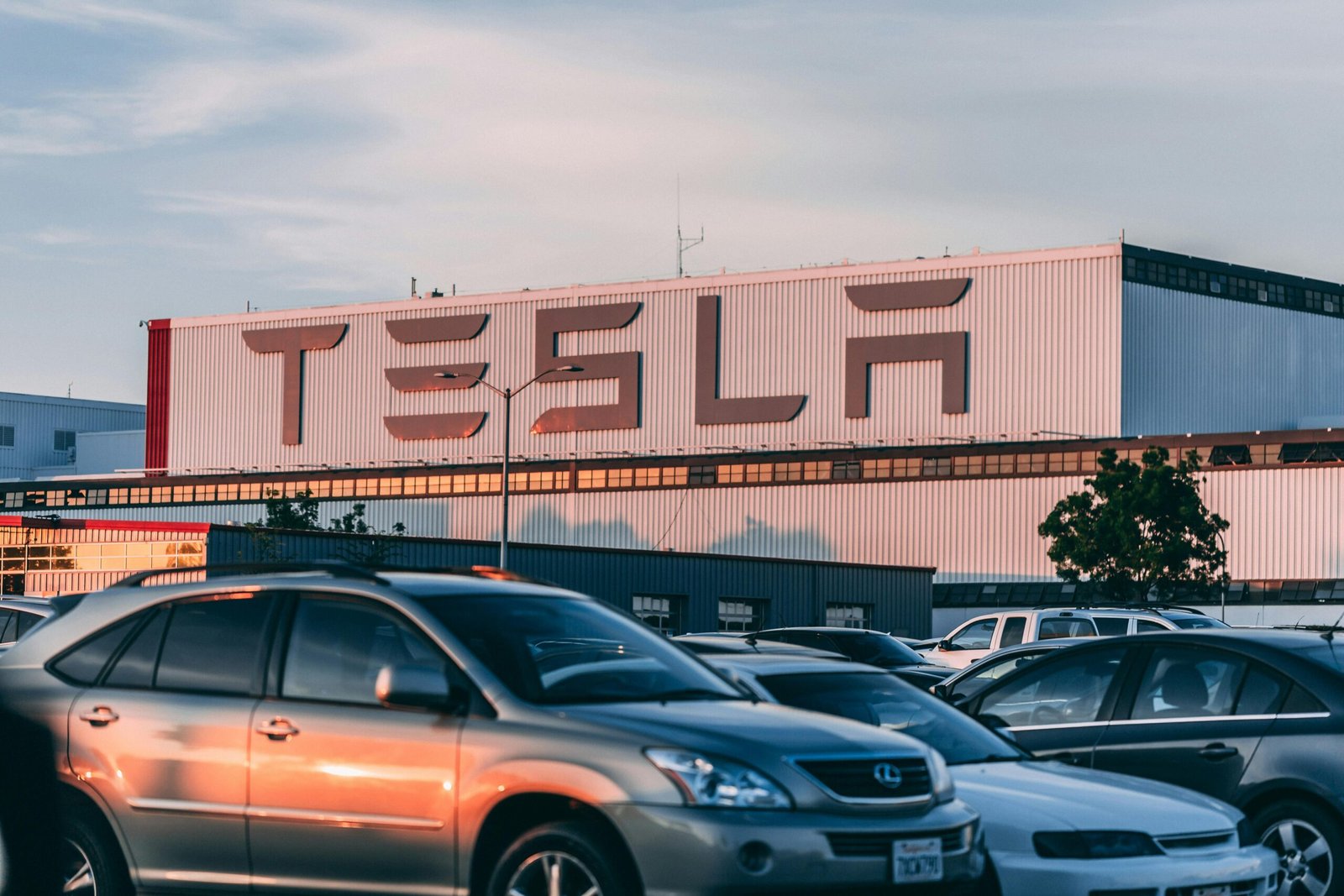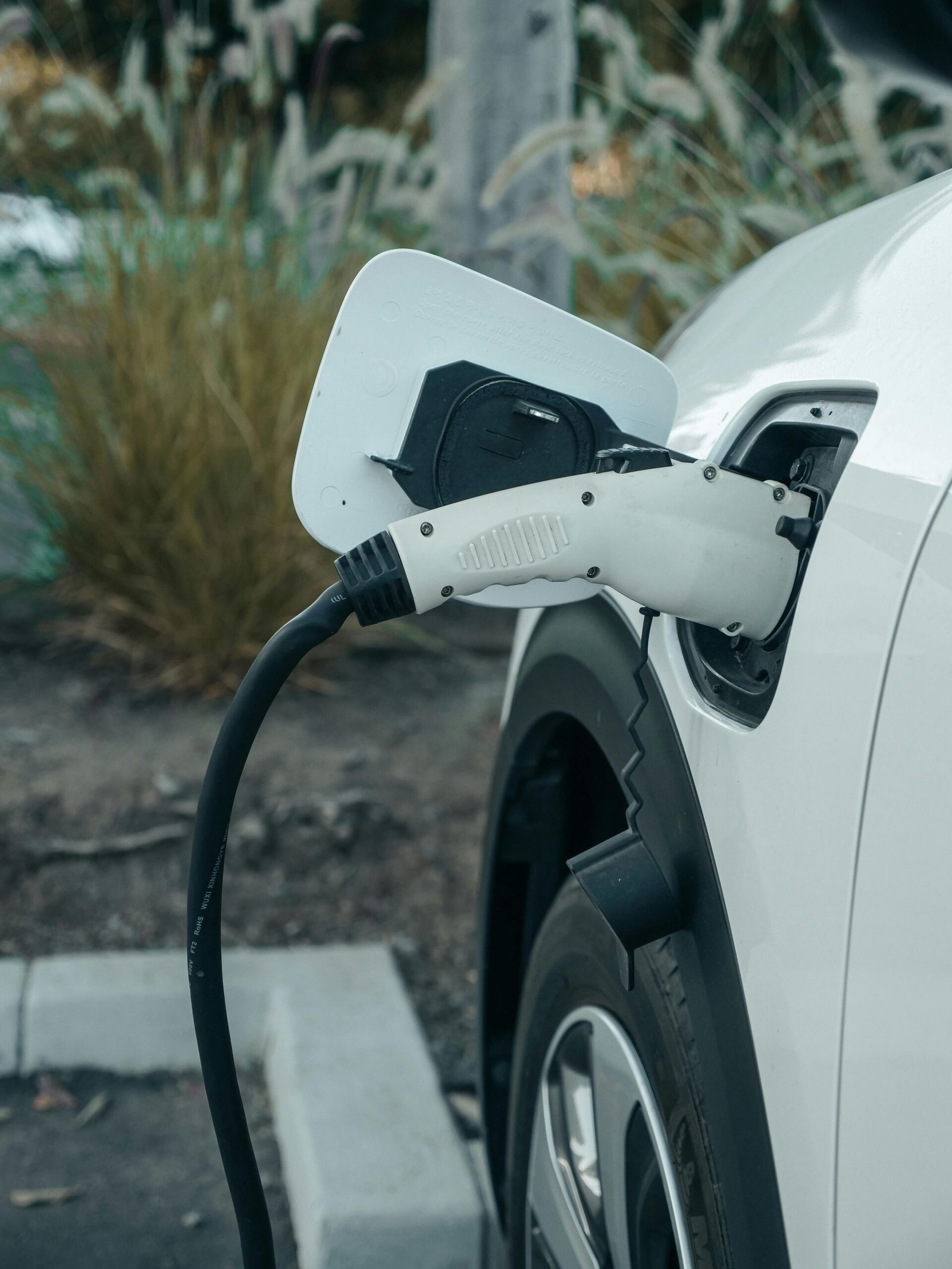How Electric Vehicles Are Changing Car Insurance in 2025: What Drivers Need to Know
EVs Are Going Mainstream—But So Are Their Insurance Costs
By mid-2025, electric vehicles (EVs) make up over 22% of new car sales globally. With governments pushing for greener transportation and major manufacturers releasing EV-only models, the trend is undeniable.
However, many drivers are surprised when they discover that insuring an EV often costs more than a comparable gas-powered vehicle.
“The average insurance premium for a new EV in 2025 is about 23% higher than a traditional internal combustion vehicle.”
— Data from the U.S. Bureau of Transportation Statistics, Q2 2025
🧾 Why Are EV Insurance Rates Higher?
There are several reasons why EVs currently come with a premium price tag on insurance:
1. Repair Costs Are Steep
- EVs require specialized technicians and certified repair centers
- Battery replacement or repair can cost between $5,000–$20,000, depending on the model
- Minor accidents can damage battery packs, triggering full system inspections
2. Limited Parts Availability
- Long wait times for parts and higher component costs drive up claims expenses
- EV-specific parts like inverters and thermal management systems are not universally stocked
3. Higher Vehicle Value
- EVs often come with premium features and tech, increasing replacement value
- More advanced driver-assistance systems (ADAS) = more sensors to replace after crashes
🛡️ What Are Insurers Doing About It?
Car insurance companies are adapting quickly to the EV boom:
- New policy types that include battery-only protection
- Usage-based insurance (UBI): Discounts for low-mileage, eco-driving, regenerative braking habits
(Examples: Allstate Milewise, Progressive Snapshot) - “Green” driver discounts from companies like Lemonade and Root
🔋 Does Insurance Cover Battery Failures?
It depends. Here’s how it’s generally handled in 2025:
| Scenario | Covered by Insurance? |
|---|---|
| Collision-related battery fire | ✅ Yes (comprehensive/collision coverage) |
| Manufacturing defect | ❌ No (handled by vehicle warranty) |
| Battery degradation | ❌ No (wear and tear not insurable) |
| Theft or vandalism | ✅ Yes (comprehensive coverage) |
Important: Always read the fine print. Some insurers exclude battery-specific coverage unless added as a rider.
💡 How to Lower Your EV Insurance Premium in 2025
Insurance doesn’t have to be expensive—if you know how to shop smart:
✔️ Compare Multiple Quotes
Use platforms like:
✔️ Install Telematics
- Accept tracking devices or apps to qualify for behavior-based discounts
- Safe braking, slow cornering, and short trips are all rewarded
✔️ Bundle Your Policies
- Combine auto + home or renters insurance for up to 25% in savings
✔️ Increase Your Deductible
- If you can afford a $1,000 deductible, you’ll likely see a lower monthly premium
🏆 Which Companies Offer the Best EV Coverage in 2025?
Here are some of the top insurers for EV drivers this year:
| Company | Strengths |
|---|---|
| Progressive | Strong UBI programs, wide EV support |
| GEICO | Competitive pricing, fast digital claims |
| State Farm | Bundling discounts, personalized plans |
| Lemonade Car | Eco-friendly policies, paperless billing |
| Allstate | Extensive repair network, battery riders |
🌱 Bonus: Is Insurance Cheaper for Used EVs?
Not always. While used EVs might cost less upfront, battery health, age, and warranty status can affect insurance pricing. Insurers assess range degradation, previous battery incidents, and even where the vehicle is charged.
⚠️ Used EVs with expired battery warranties may be harder or more expensive to insure.
🧠 Final Thoughts
Electric vehicles are revolutionizing the way we drive—and now, the way we insure. As battery tech, repair networks, and driving behavior evolve, so will policies and premiums.
If you’re switching to an EV in 2025, do your homework, compare policies, and ask about EV-specific coverage. The future is electric—but it pays to be insured smartly.




